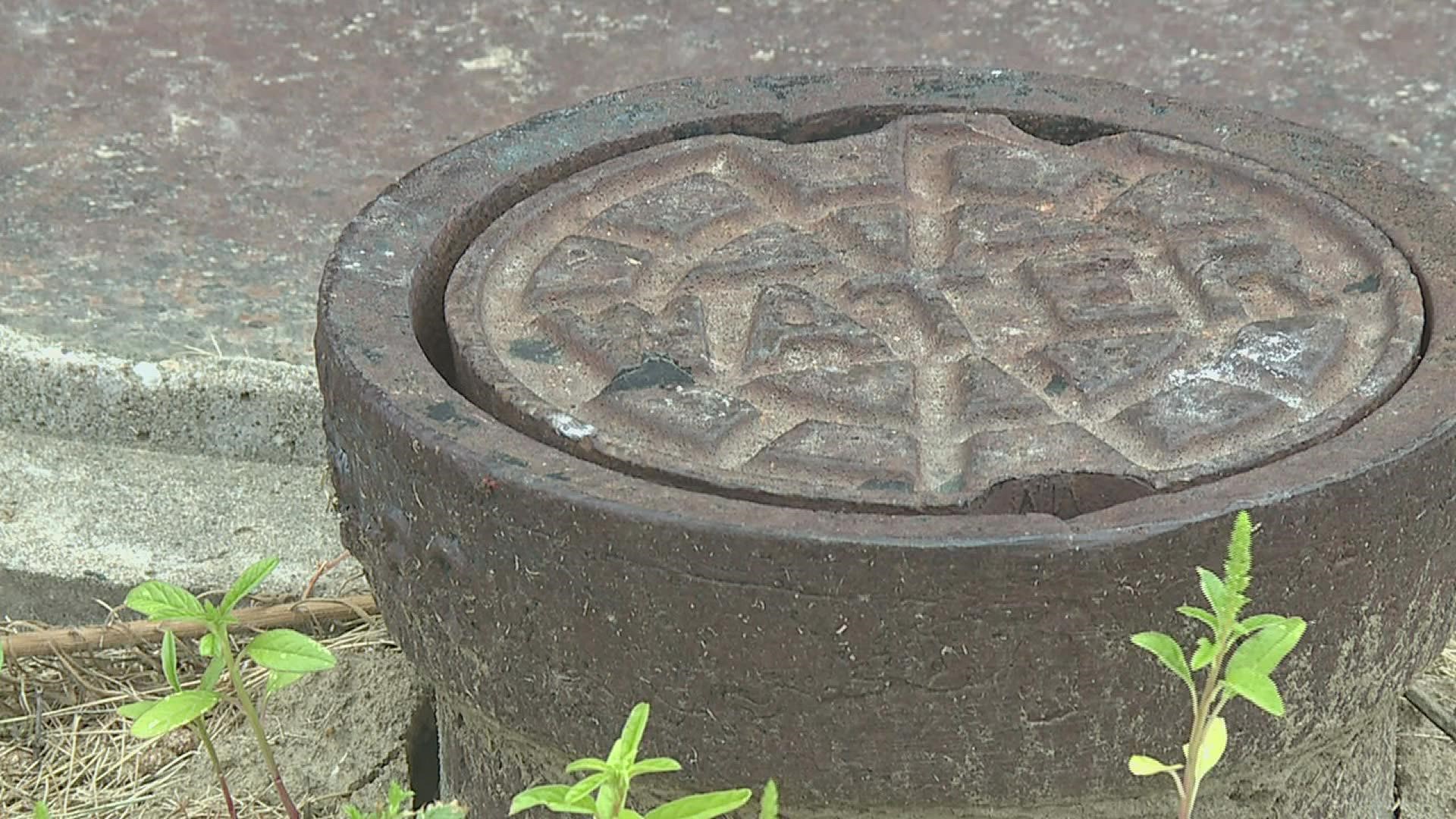LETTS, Iowa — As the Louisa-Muscatine Community School District prepares for the new school year, there's more on administrator's minds than lesson plans. For years, the district has battled quality and quantity issues when it comes to water, but all of that could be changed with the approval of a new pipeline.
Plans have been discussed for a line from Muscatine Power and Water to Louisa County, potentially along Highway 61. That would take the pipeline directly past the school district.
Right now the district gets all of its water from three private wells on the school's property. While it's completely safe to drink, getting to that point isn't as easy as turning on a faucet.
"I test the water every day," said Kirk Kinsley, Buildings and Grounds Maintenance Supervisor for LMCSD. "We put chlorine in for disinfectant. And we take it up to a hygienics lab every month to have it tested, make sure it's safe."
The well water is high in iron, giving it a little bit of a taste, and creating mineral buildups in the school's pipes.
"That's why we went from galvanized pipes to pex pipes about two years ago," said Kinsley.
If water was piped in from Muscatine, the school says it would be much higher in quality and wouldn't need to be treated and tested every day.
There's also the issue of quantity. Right now, each of LMCSD's wells can provide 27 gallons of water a minute. That's enough to fulfill the district's basic needs, of about 7,000-8,000 gallons of water a day, but means other uses need to be cut out.
"During a normal school day we can't irrigate or anything like that," said Kinsley. "If you're irrigating, you're using 40 or 50 gallons a minute. If your building's in use too, you will eventually run the wells low. I just don't put myself in that situation."
In fact, the only area of the district that's irrigated is the football field, since it's hooked up to a separate well. However, that well's water is so high in calcium that it stained LMCSD's brand new track white.
And, while not a frequent problem, staff say on days of high water usage, such as an athletic tournament, any overnight leak can cause the district's water pressure to drop dramatically, as the wells struggle to replenish themselves.
LMCSD does have a 1,000-gallon holding tank in each of its two buildings, which Kinsley says helps keep a true water shortage from happening. However, having access to a pipeline would erase the worry associated with the well's water capabilities and capacities.
And as Kinsley put it, a pipeline would provide a solution to a hidden danger, waiting to strike at LMCSD: fire protection. The district doesn't have any fire hydrants. If a blaze were to break out, water would have to be tanked in from Grandview.
"That's probably three or four miles from here," said Kinsley. But even that short distance could mean a half an hour trip, to fill up a 3,000 gallon tanker. "Where if we had a fire hydrant here, I think the situation could be addressed a lot easier."
RELATED: One day after a Covid outbreak on ROWVA's football team, school board votes against a mask mandate
Typically, a water pipeline would have fire hydrants dropped along its route, meaning faster, more reliable fire protection could become a reality not only for the school district, but for rural properties all along the line.
"I think it would be good to L&M, potentially, as well as Louisa County to bring this water," said Superintendent Mike Van Sickle. "A pipeline from Muscatine would provide water utility to our area that's relatively inexpensive and of higher quality."
When it comes to costs, Van Sickle says building a pipeline might actually be cheaper for the school in the long run, when compared to the price tag that comes with operating wells.
"When you have a well, they do wear out because it's a machine and that does transpire. It doesn't take long to get to $10,000-15,000 with on incident on a well," he said.
Right now the Louisa County Board is working on building a committee dedicated to the proposed pipeline. Co-Chair Brad Quigley told News 8 a vote could come as early as fall, 2021, in order to get money from President Biden's proposed infrastructure bill.

